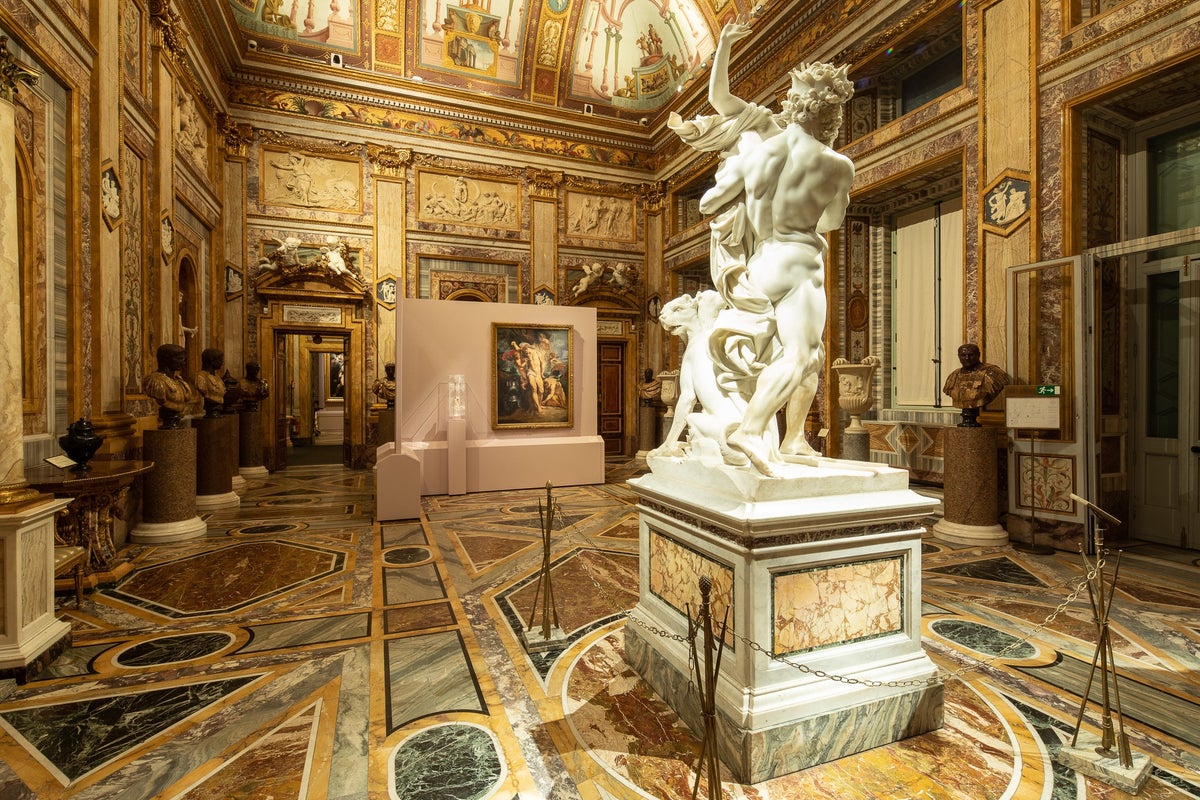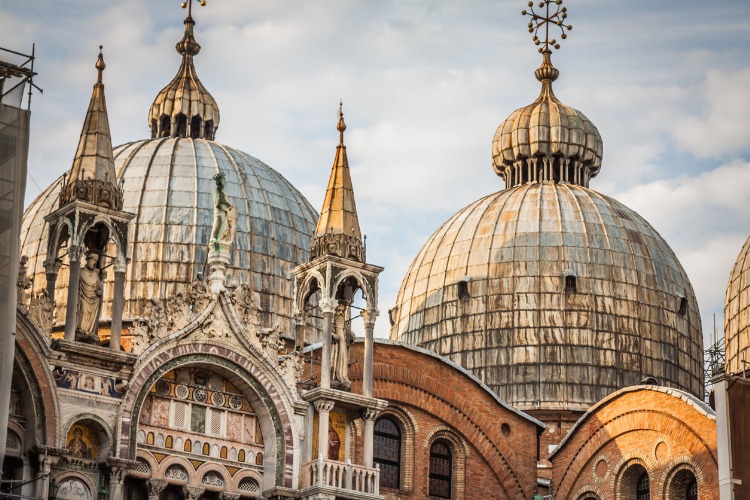
Introduction
Overview of Italy’s Historical Museums
Italy, a country steeped in history, boasts an impressive array of historical museums that serve as guardians of its rich culture. From the breathtaking Vatican Museums to the illustrious Uffizi Gallery, these institutions house treasures that narrate stories of art, architecture, and antiquity. Each museum offers a unique glimpse into Italy’s illustrious past, attracting millions of visitors annually, eager to uncover the nation’s heritage.
Importance of Preserving Italy’s Cultural Heritage
Preserving Italy’s cultural heritage is essential not just for the locals but for global society as a whole. It enables future generations to understand their history, fostering a sense of connection and identity. Key reasons to prioritize cultural preservation include:
- Educational Value : Museums serve as valuable resources for students and scholars.
- Tourism Economic Impact : Cultural heritage boosts tourism, benefiting local economies.
- Civic Pride : A strong sense of identity can be cultivated, promoting unity within communities.
In essence, Italy’s historical museums do more than showcase artifacts; they connect past, present, and future, reminding us of our shared humanity.
The Vatican Museums
History and Significance
The Vatican Museums were founded in the early 16th century, making them a testament to the Papacy’s recognition of the importance of art and culture. Over the centuries, they’ve grown into one of the world’s most renowned cultural institutions, housing masterpieces that reflect the history of the Catholic Church and human creativity.
Notable Artifacts and Collections
Visitors to the Vatican Museums are in for a treat with a vast collection of treasures. Some must-see artifacts include:
- The Sistine Chapel : Featuring Michelangelo’s awe-inspiring frescoes.
- Raphael Rooms : Known for their stunning Renaissance art.
- The Gallery of Maps : A dazzling visual representation of Italy’s regions.
Each piece tells a story, making every visit a unique journey through history.
Visitor Information and Tips
Planning a visit? Here are some helpful tips to maximize your experience:
- Book in Advance : Tickets can sell out quickly, especially in peak season.
- Choose a Guided Tour : Enhance your visit with insights from knowledgeable guides.
- Wear Comfortable Shoes : You’ll be exploring vast halls and corridors!
The Vatican Museums are not just a historical site; they are a living testament to artistic excellence and spiritual significance, drawing millions who wish to partake in their splendor.
The Uffizi Gallery, Florence
Background and Establishment
Established in 1584, the Uffizi Gallery in Florence originally served as the offices (uffizi) for Florentine magistrates, but it quickly transformed into a repository of art. It was commissioned by Francesco I de’ Medici, reflecting the family’s dedication to art and culture. The gallery has since become one of the most significant museums in the world, showcasing the grandeur of the Italian Renaissance.
Prominent Artworks and Artists
Walking through the Uffizi is like stepping into a painter’s dream. Notable masterpieces include:
- Botticelli’s “The Birth of Venus” : A stunning depiction of beauty and mythology.
- Leonardo da Vinci’s “Annunciation” : Showcasing the artist’s remarkable attention to detail.
- Caravaggio’s “Medusa” : A powerful, haunting representation that captivates every viewer.
Each artwork not only demonstrates skill but also tells a story captured in time.
Visiting Details and Must-See Exhibits
When planning your visit to the Uffizi Gallery, consider the following tips:
- Purchase Tickets Online : Save time by avoiding long lines.
- Allocate Several Hours : With over 1,700 works in the collection, you won’t want to rush!
- Don’t Miss the View : The terrace offers stunning views of Florence, perfect for a photo op.
The Uffizi Gallery is more than a museum; it is a celebration of artistic heritage that continues to inspire and educate visitors from around the world.
Pompeii Archaeological Park
History of Pompeii
Pompeii was a bustling Roman city until its tragic demise in 79 A.D. when Mount Vesuvius erupted, burying the town in volcanic ash and preserving it for centuries. This catastrophic event has provided an extraordinary snapshot of Roman life, encapsulating everything from art to daily routines, frozen in time until its rediscovery in the 18th century.
Excavations and Discoveries
Since the excavations began, Pompeii has revealed a wealth of artifacts that illuminate the life of its citizens. Significant discoveries include:
- The Villa of the Mysteries : Known for its well-preserved frescoes that depict ancient rituals.
- The Forum : A bustling hub of economic and social activity, showcasing civic architecture.
- Plaster Casts of Victims : Hearts wrenchingly preserved in their final moments, allowing us a glimpse into the tragic aftermath of the eruption.
These finds continue to inspire awe and scholarly research.
Touring the Site and Key Attractions
When visiting Pompeii, prioritize your time efficiently with these tips:
- Start Early : Arrive at opening time to beat the crowds and heat.
- Take a Guided Tour : Expert guides can provide invaluable context to the ruins.
- Must-See Locations : Be sure to visit the Amphitheater, the House of the Faun, and the Lupanar, Pompeii’s ancient brothel.
Exploring Pompeii is like immersing oneself in a time capsule; the sheer scale and preservation of the city enable visitors to experience the echoes of history, reminding us of nature’s power and the resilience of human life.
The Colosseum, Rome
Colosseum’s Origins and Purpose
The Colosseum, an iconic symbol of Rome, was commissioned by Emperor Vespasian in 70 A.D. and completed in 80 A.D. under his successor, Titus. Designed as an amphitheater for public spectacles, such as gladiatorial contests and mock naval battles, it could hold around 50,000 spectators. This architectural marvel reflects the grandeur of the Roman Empire and its commitment to entertainment.
Architecture and Design Features
With its intricate design, the Colosseum showcases exemplary Roman engineering. Key features include:
- The Use of Arches : The structure relies on a series of arches for support, distributing weight effectively.
- Tiered Seating : Spectators were organized by social status, with the elite enjoying the best views.
- Hypogeum : A complex underground network of tunnels and chambers used for staging events and housing animals.
The innovative use of materials and design has allowed it to stand the test of time.
Exploring the Colosseum and Nearby Sites
A visit to the Colosseum should be complemented by exploring the surrounding area. Here are some suggestions:
- Palatine Hill : Explore the ruins of imperial palaces where Rome’s elite once resided.
- Roman Forum : Wander through the heart of ancient Rome, where politics, commerce, and religion intersected.
- Guide Tours : Opt for guided tours for in-depth historical insights and skip-the-line access.
Walking through the Colosseum is an unforgettable experience, allowing visitors to connect with history on a grand scale, contemplating the spectacles that once captivated thousands under the Roman sun.
Capitoline Museums, Rome
Founding of the Museums
The Capitoline Museums, established in 1471 by Pope Sixtus IV, represent the world’s first public museums. Originally created to house a collection of ancient sculptures gifted to the city, these museums have expanded over the centuries into a significant repository of art, history, and culture. The museums serve as a pivotal center for understanding Rome’s artistic legacy.
Noteworthy Art and Sculptures
Inside the Capitoline Museums, visitors can marvel at an impressive array of artworks and sculptures. Notable pieces include:
- The Capitoline Wolf : An iconic bronze sculpture symbolizing the founding of Rome.
- The Dying Gaul : A poignant Hellenistic sculpture that captures the essence of defeat and valor.
- The Busts of Roman Emperors : A vast collection that meticulously documents the faces of history.
Each piece shares a narrative, enriching the visitor’s experience.
Planning a Visit and Highlights to See
When planning your trip to the Capitoline Museums, consider:
- Buy Tickets Online : To skip long lines, especially during peak seasons.
- Allocate Time : Plan for at least two to three hours to fully appreciate the collections and exhibitions.
- Must-See Highlights : Don’t miss the Gallery of Maps and the Pinacoteca, which showcases paintings from great masters.
The Capitoline Museums are more than mere repositories; they invite visitors to immerse themselves in the depths of Roman history, art, and culture, offering a unique lens through which to view the city’s illustrious past.
National Archaeological Museum, Naples
Collection Overview
The National Archaeological Museum in Naples is a treasure trove of antiquities, housing one of the most remarkable collections in the world. Established in the 18th century, the museum’s focus is primarily on artifacts from the nearby archaeological sites of Pompeii and Herculaneum, as well as significant Greek and Roman pieces that shed light on ancient civilizations.
Featured Artifacts and Archaeological Finds
Among the museum’s stellar offerings, visitors can find:
- The Farnese Bull : A colossal sculpture that demonstrates the artistry of Roman craftsmanship.
- The Protohistoric Collection : Featuring tools and pottery that chronicle the evolution of early societies.
- Pompeii Frescoes : Remarkably preserved wall paintings that transport visitors back to the vibrant life of the ancient city.
These artifacts illustrate the rich tapestry of life in antiquity.
Practical Information for Visitors
When planning your visit to the National Archaeological Museum, keep these tips in mind:
- Opening Hours : Check the museum’s website for up-to-date opening times, as they may vary.
- Audio Guides Available : Consider renting an audio guide for deeper insights into the exhibits.
- Nearby Attractions : Plan to explore the historic center of Naples, a UNESCO World Heritage site, to enrich your cultural experience.
A visit to the National Archaeological Museum is a captivating journey through time, offering a profound connection to the past through its exquisite collection and historical significance, making it a must-see for anyone exploring Naples.
Conclusion
Recap of Italy’s Top Historical Museums
Italy’s historical museums, such as the Vatican Museums, Uffizi Gallery, and the National Archaeological Museum, represent the pinnacle of cultural preservation. Each institution offers a unique window into the past, showcasing masterpieces and artifacts that tell the story of a nation’s evolution. Whether exploring ancient ruins or Renaissance masterpieces, visitors are continually reminded of Italy’s artistic heritage.
Implications of Italy’s Rich History on Global Culture
Italy’s influence on global culture cannot be overstated. The country has played a vital role in shaping art, architecture, and philosophy, leaving an indelible mark on societies worldwide. Key implications include:
- Artistic Inspiration : Italian artworks have influenced countless artists and movements globally.
- Architectural Innovations : Styles like Renaissance and Baroque originated in Italy, informing design principles around the world.
- Philosophical Foundations : Italian thinkers have contributed significantly to literature, science, and political theory.
In essence, Italy’s museums not only safeguard its own heritage but also foster a greater appreciation for the interconnectedness of cultures, inspiring visitors from all corners of the globe. As you stand before these timeless works, the thread of history weaves a rich tapestry that continues to resonate today.
